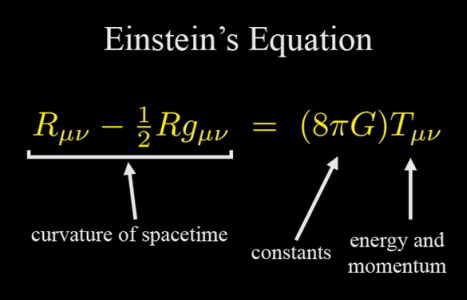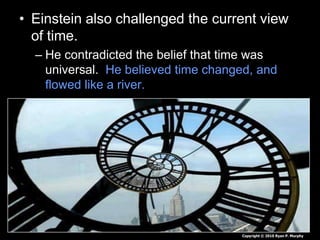The Viking spacecraft arrived at Mars in the summer of 1976 and passed through superior conjunction on November 25, as Mars passed directly behind the Sun as seen from Earth. This provided researchers the opportunity to use the spacecraft in an experiment to test general relativity.

This image shows the surface of Mars looking across the Viking 2 Lander. (Source: NASA)
After completing the primary missions, the Viking continuation mission objectives included a radio science solar conjunction relativity experiment. Scientists began an experiment that used the landers and orbiters as transponders, sending radio signals to the lander on Mars and instructing the lander to the return signals. The round-trip travel times of the radio signals going from Earth to the Viking landers and orbiters were measured.
Using dual-band, one-way ranging allowed estimation of the contribution of the solar-corona plasma to the echo delays obtained from ranging to the spacecraft.
The data confirmed the Shapiro time delay effect, which states that radar signals passing near a massive object take slightly longer to travel to a target and longer to return than they would if the mass of the object were not present.
 A report, “Viking relativity experiment: verification of signal retardation by solar gravity” published in 1979 by researchers at MIT and the Jet Propulsion Laboratory, analyzed 14 months of data obtained from radio ranging to Viking to verify the prediction of the general theory of relativity.
A report, “Viking relativity experiment: verification of signal retardation by solar gravity” published in 1979 by researchers at MIT and the Jet Propulsion Laboratory, analyzed 14 months of data obtained from radio ranging to Viking to verify the prediction of the general theory of relativity.
Published by Albert Einstein in 1916, the general theory of relativity predicted that the round-trip or echo delays of light signals traveling between the Earth and Mars would be increased by the direct effect of solar gravity. The theory included gravitational time dilation, where time passes differently in regions of different gravitational potential.
NASA has continued to test general relativity, most recently with the Cassini space probe (see a NASA artist rending of its testing at right) and Gravity Probe B, which also confirmed the theory.
Related articles:
- Einstein’s theory of general relativity is tested, May 29, 1919
- Viking 2 lands to explore Mars, September 3, 1976
- Light bending in space—Kepler meet Einstein
- NASA’s Deep Space Network
- Mission to Mars: NASA engineering and the Red Planet
For more moments in tech history, see this blog. EDN strives to be historically accurate with these postings. Should you see an error, please notify us.
Editor’s note: This article was originally posted on November 25, 2013 and edited on November 25, 2019.









